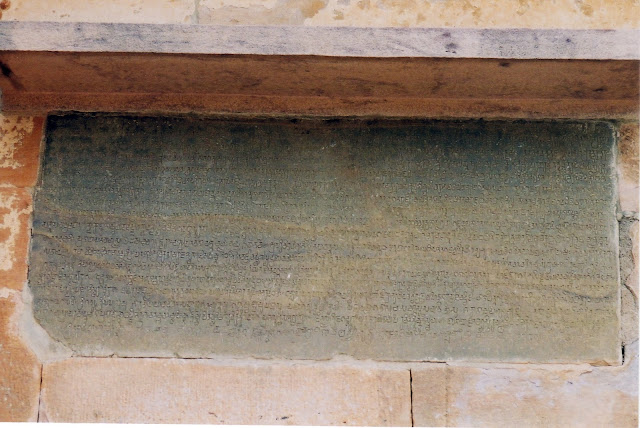Chaneti Stupa

Chaneti Stupa / Image Source Three km north-west of the Buddhist site of Sugh in the Yamunanagar district of Haryana is located Chaneti which is home of one of the earlier and largest Buddhist stupas. This massive structure bears testimony to the greatness of the ancient Buddhist architecture. A Stupa is a hemispherical dome and contains a small chamber in which the relics of the Buddha and his disciples were placed in a casket. The casket is often beautifully carved. Chaneti stupa is one of those ones raised in the 3rd century BC by the Mauryan Emperor Ashoka in honour of the Buddha all over India. The stupa, in its final form, was completed during the reign of Kushana rulers who were devout Buddhists. How to reach Chaneti Air: Nearest airport to Chaneti is at Chandigarh which is 83 km from Yamunanagar. Chandigarh airport is connected by flights with major cities in India. Road: It takes 1 hour 30 minutes








